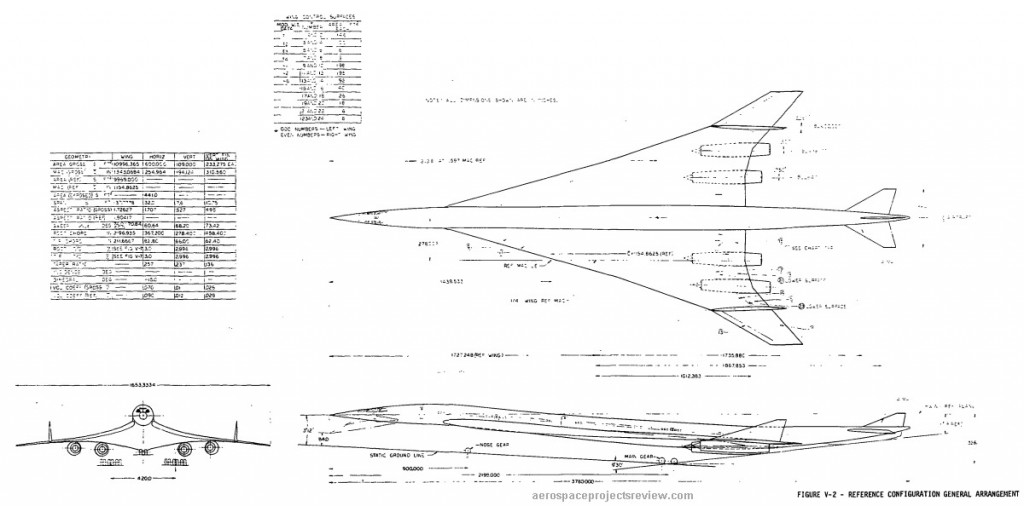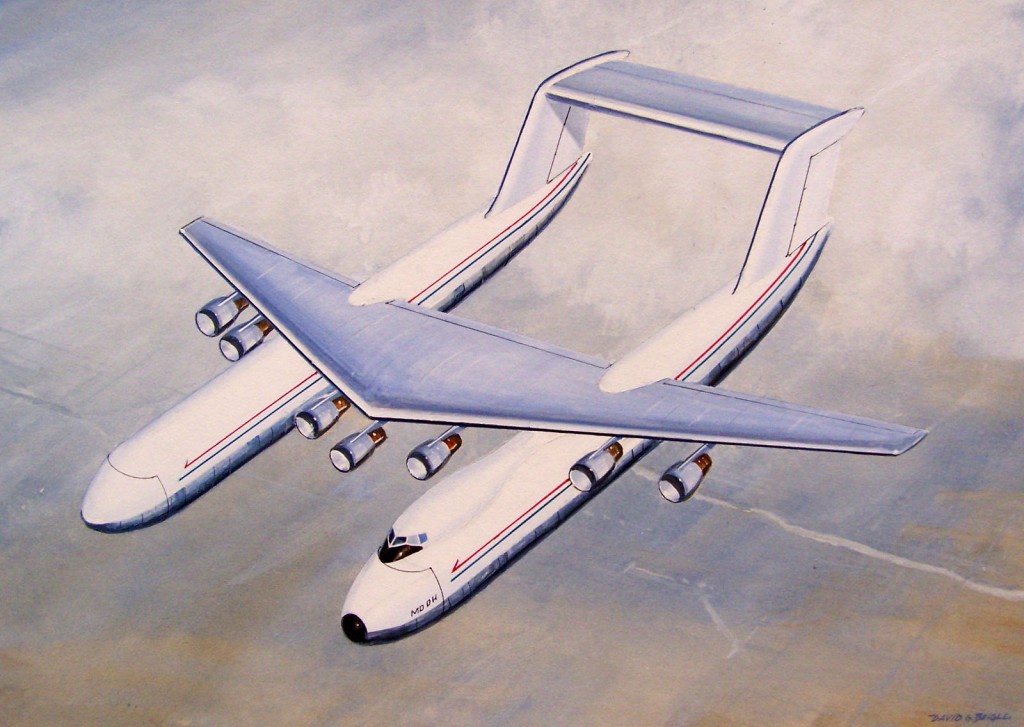I’d planned on having these done a few days ago, but as I’ve reported recently, CAD drafting has been difficult of late. Nevertheless I forged through, and here’s a preview of the next three things I plan to release.
While my right arm theoretically heals up (I hopped a ride to the doc at o’dark thirty this AM, waited around for an hour till they showed up, got an X-Ray and a jab right in the damage with a shot of cortisone and pain reliever, and the tentative diagnosis is simple tendonitis, though there may be a bone spur that’ll need to be Dremel’ed off), my ability to do CAD drafting is seriously compromised. Still trying to make some progress, and I hope to have something to show later today.
So rather than just sit around and do nothing, I’m sitting around and doing scanning. One of these decades I’d like to have scanned in everything I have, which would be a neat trick, but every little bit helps. Some things are just photocopies of journal articles and the like. One was something I’d been looking for for a while, and couldn’t find when actively searching for it (but which turned up when searching for something else), Gerard K. O’Neill’s 1974 Physics Today article on space colonization via vast rotating cylinders. hat has now been scanned in an uploaded to the APR Patreon “creations” section, as a downloadable bonus for all APR Patrons.
I’ve a bunch more things like this that I plan on posting for APR Patreon patrons of various levels. These are all, of course, in addition to the promised “rewards.” All the “creations” get wiped out at the end of each monthly billing cycle, so if you’d like to get in, time’s a-wastin’…
From the same eBay seller mentioned HERE is an illustration of a McDonnell-Douglas heavy lift cargo aircraft. This design features a non-circular fuselage (it appears to be two cylinders side-by-side and faired over) and six engines located over the wing. Without further documentation, the reasoning can only be guessed at, but I would expect that the idea was to get the engines up high away from foreign objects that might be found on unimproved runways, while permitting a very low stance for the landing gear to ease cargo loading. It appears that there were cargo doors on the sides of the nose, possibly indicating that it indeed had two independently pressurized cylindrical bays.
The October rewards for the APR patrons have been released. They include:
PDF document: “A Recoverable Air Breathing Booster,” A Chrysler study from 1964 for a strap-on booster system for the Saturn Ib incorporating additional H-1 rocket engines and jet engines for recovery.
PDF Document: “XF-103 Descriptive Data,”a Lockheed collection of information on the then-current XF-103. This is from a Lockheed collection of information on competitors designs.
Large format diagram scan: the Boeing Advanced Theater Transport. A later version of the tilt-wing “Super Frog.”
And for the higher-end patrons, a CAD diagram of an early NACA-Langley design for what would become the X-15.
If you would like to access these items and support the cause of acquiring and sharing these pieces of aerospace history, please visit my Patreon page and consider contributing.
Private Inflatable Room Launching to Space Station Next Year
The “Bigelow Expandable Activity Module” will go up next year on a SpaceX “Dragon” capsule and will, if successful, add some much needed habitation volume to the ISS. It is a fairly small module, however. Doesn’t seem to have windows.
This Bigelow PR video shows the BEAM, along with the BA 330 stand alone inflatable space station. Put a few of those together connected by a truss and tumble ’em end-over-end to generate “artificial gravity,” and maybe finally there will be a truly useful space station, good for studying something other than just how bad long term needless weightlessness is on the human body.
If you have a rotating “bar bell” of habs connected to a non-rotating core station, that would permit the study of what we *really* need to study: the long term impacts of variable G levels. We already know that zero G is bad enough that we’ll almost certainly never accomplish much using crews subjected to it non-stop over long periods. But how about crews who spend part of their day in zero G, and part at, say, 1/10 G?
Since the BEAM can be carried up with a Dragon, this leads promptly to the obvious speculation about launching a Dragon and a BEAM somewhere *other* than the ISS. Lunar flybys, asteroid rendezvous, etc. using the BEAM as a sizable mission module.
[youtube isQU84Kc0Y0]
While the going seems to be slow, it’s nice to see actual physical progress on a new spacecraft (suborbital, sure, but still…). Over HERE XCOR has released a few high-rez photos of their Lynx spaceplane being assembled. The cockpit is now attached to the fuselage. The aft of the pressurized cockpit is an odd looking structure, a very complex carbon fiber single-piece bulkhead. Usually such things are simple metal pressure vessels made from cylinders and spheroids, but this one features a more-or-less flat aft bulkhead (presumably for space-saving purposes) with a whole lot of ribs for strength. Must’ve been fun to mold…
I keep hearing ominous things about the hybrid rocket propulsion system on the Virgin Galactic SpaceShip Two. It’s getting to where I won’t be surprised if Lynx beats ’em into space with a paying customer. And if that does happen, I wonder at the possibility of VG switching out the hybrid for an XCOR liquid system…
A box of documents showed up today. They are loans, to be scanned and returned, but I figured some of y’all might find a few of interest. If you are interested in making sure that these sort of things are preserved, I recommend wandering by the APR Patreon and signing up. And just as importantly… tell anyone else you know who might be interested. The more people signed up, the more I’ll be able to do (and the more of these documents will be made available to you).
I’ll believe it when I see it…
From 2018, Space Adventures flights will take members of the public on the first commercial journeys to the moon
Space Adventures is the company that has sent a handful of paying customers up to the ISS over the years. Their goal is to send two customers to the ISS for ten days, and then send them on to the moon for an Apollo 8-style flyby (no landing). SA has been pushing this concept for a number of years. Not really sure why they got this bit of press recently but… shrug. If they can pull it off, more power to ’em.
There’s no indication of price for this on the Space Adventures website. However, when SA first started sending people to the ISS, the ticket prices was, IIRC, $20 million. Today it’s $50 million. And when SA first announced their lunar mission idea some years ago, I recall the price being $100 million for each of the two passengers. So I would assume there’s been roughly similar price inflation. Gotta wonder what SpaceX could do it for…
After a substantial delay, I’ve posted the first of two PDF Reviews for September over at the APR Blog. This one covers a Ling Temco Vought concept for an SST from 1973.
These PDF Reviews are brought to you by the APR Patreon. For as little as 75 cents per month, you can help me dig into the forgotten corners of aerospace history… and get yourself some goodies in the process. Head on over!
Currently up on eBay is an original watercolor illustration of a McDonnell-Douglas cargo plane concept. Details are lean, but it looks like it dates from the 1980’s.
A multibody design make sense for heavy cargo lifters. By spreading the load across the wing, rather than suspending it from a single point, the wing is stressed considerably less. Of course, drag is noticeably increased and runways need to be wider.
This particular design seems a little odd… especially with the leading edge of the wing. Unless the aft fuselage is taller than the forward fuselage, or the wing is tilted up at a substantial angle of incidence, then the leading edge of the wing should be submerged into the upper fuselage, as the trailing edge is. Artistic oversight?









